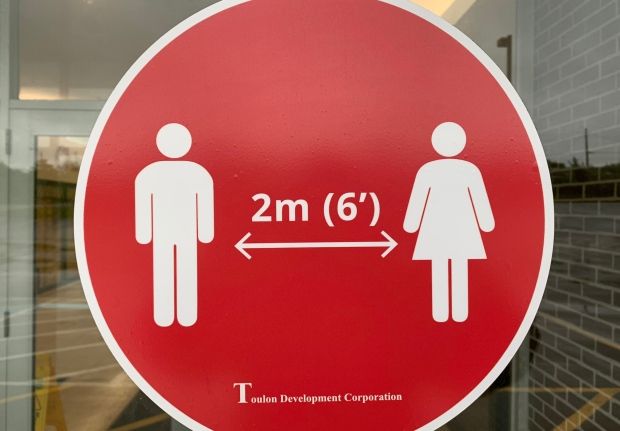The Alberta government announced it will distribute $262 million in federal funding to school authorities. These funds will be transferred in two phases, once in September and again later in the school year.
The provincial government has indicated that it will be distributed based on a per-student model and it must be used to support COVID-19-related costs in five categories, staffing, adapting learning spaces and personal protective equipment, cleaning and safety considerations, support for special needs students, and online learning and teacher training.
At a press conference on Wednesday, Dr. Deena Hinshaw, Alberta’s chief medical officer of health, spoke about why a two-metre distance between students in a classroom is not being mandated.
She stressed that where two metres is not possible, “maximum spacing with students not facing each other is an acceptable alternative” and highlighted that even a one-metre spacing “does have benefits” for preventing the spread of COVID-19.
“This guidance was developed after many conversations on the benefits and risks of moving to a model, such as “scenario two”, where it would be possible to keep two metres distance between all students in a classroom,” Dr. Hinshaw said.
The province’s “scenario two” model is a situation where classes are split in half, with students spending half the week in a classroom and half the week at home with remote learning.
“This option enables smaller class sizes and wider distancing but it brings other risks and challenges,” Alberta’s chief medical officer of health said. “This includes additional costs of childcare for parents who are working or the possibility that some families may need to rely on grandparents for that half of the week that students are not at school, which could put those older Albertans at risk.”
“In public health, we have the responsibility of making our best recommendations for the overall health of Albertans.”
Dr. Hinshaw also explained that masks are not required in classrooms during instruction because it could interfere with learning and communication, which is “vital” to the classroom environment.
She added that families must choose the level of risk that makes the most sense for their particular situation.
“As a parent, I know that returning to school in person is never without risk, even before COVID,” Dr. Hinshaw said. “When our children leave the house in the morning they must navigate risks of all kinds and COVID-19 is one more among them.”
































